Descripci├│n
Introducci├│n de cupones de corrosi├│n en tuber├Łas.
Los cupones de corrosi├│n en tuber├Łas no s├│lo son asequibles; tambi├®n son una herramienta poderosa para rastrear las tasas de corrosi├│n en cualquier estructura o sistema. Sin embargo, obtener resultados significativos no siempre es tan sencillo como parece. Cosas como el acabado de la superficie de su cup├│n, d├│nde lo coloca y cu├Īnto tiempo lo deja en su lugar pueden afectar seriamente la calidad de sus datos.
La prueba de cupones de corrosi├│n es un m├®todo de monitoreo en l├Łnea. Usted coloca los cupones directamente en el flujo del proceso y luego los saca para medirlos. Le brinda una medida directa de la p├®rdida de metal, lo que le permite calcular la tasa de corrosi├│n general. Lo bueno de usar cupones de corrosi├│n es que los resultados no dependen de la fase del entorno donde se realiza la medici├│n.
Entonces, ┬┐por qu├® deber├Ła utilizar pruebas de cupones de corrosi├│n? Aqu├Ł hay algunas razones:
- Es f├Īcil de entender y aplicar.
- Puede conservar las muestras para los ex├Īmenes posteriores a la prueba.
- Le permite comparar diferentes aleaciones e inhibidores.
- Eval├║a todas las formas de corrosi├│n.
- Y es de bajo costo.
Los cupones de corrosi├│n en las tuber├Łas se utilizan principalmente para medir las tasas de corrosi├│n generales a trav├®s del an├Īlisis de p├®rdida de peso, pero tambi├®n son herramientas vers├Ītiles para estudiar otras formas de corrosi├│n. Por ejemplo, la corrosi├│n de la grieta se puede simular utilizando arandelas o espaciadores especiales que crean bloqueos parciales en la superficie del cup├│n, lo que restringe la exposici├│n al l├Łquido. La corrosi├│n de las picaduras, que implica ataques localizados en la superficie del metal, puede evaluarse o analizarse visualmente bajo un microscopio, y es ventajoso usar cupones con ├Īreas de superficie m├Īs grandes a medida que la probabilidad de formaci├│n de pozo aumenta proporcionalmente.
Para estudiar la corrosi├│n galv├Īnica, los cupones hechos de diferentes aleaciones se pueden colocar en contacto el├®ctrico, destacando las interacciones electroqu├Łmicas entre metales diferentes. Adem├Īs, los cupones de forma especial, como los anillos C y las aves U son efectivos para investigar el agrietamiento de la corrosi├│n del estr├®s, un tipo de corrosi├│n que resulta de la influencia combinada del estr├®s por tracci├│n y un entorno corrosivo. Adem├Īs, los cupones dise├▒ados con varios di├Īmetros de agujeros son ├║tiles para evaluar visualmente el alcance y la gravedad de la escala, lo que puede afectar severamente el rendimiento y la longevidad del equipo.
Par├Īmetros de los cupones de corrosi├│n
| Nombre | Cupones de corrosi├│n EMT-CI eval├║an accesorios para pruebas de tuber├Łas | |
| Material | 304SS, 316SS, DSS F51, DSS F53, DSS F55, acero al carbono A105N, Inconel 625 | |
| Temperatura de funcionamiento | de -20 a 120 Ōäā | |
| Caracter├Łstica | En primer lugar, es f├Īcil de operar. | |
| En segundo lugar, alta precisi├│n y larga vida. | ||
| Por fin, alta eficiencia y bajo costo. | ||
| Pago | TT/LC | |
| Ventaja | Primero, son livianos y flexibles. | |
| En segundo lugar, buena eficiencia de inyecci├│n. | ||
| Por fin, seguimiento preciso de la ubicaci├│n |
Factores que afectan la corrosi├│n en tuber├Łas submarinas
1. Contenido de sal: El agua de mar es salada, mucho m├Īs salada que la mayor├Ła de las dem├Īs aguas. Esta salinidad afecta la capacidad del agua para transportar electricidad y la cantidad de ox├Łgeno que contiene. Ambas cosas influyen en la rapidez con la que los metales se corroen en el agua.
2. Ox├Łgeno disuelto: El ox├Łgeno juega un papel importante en la rapidez con la que se oxidan las cosas. Cuanto m├Īs ox├Łgeno haya en el agua, m├Īs r├Īpido se corroer├Īn los metales. El agua de mar, especialmente en la superficie, tiende a tener mucho ox├Łgeno porque siempre est├Ī mezcl├Īndose con el aire.
3. Temperatura: Otro jugador en este juego es la temperatura. El agua m├Īs caliente puede acelerar la corrosi├│n, pero tambi├®n retiene menos ox├Łgeno. Entonces, cuando el agua se calienta, hay una especie de tira y afloja entre estos dos efectos. Y no olvide que el agua m├Īs c├Īlida tambi├®n puede cambiar el comportamiento de las criaturas marinas y la acumulaci├│n de ciertos dep├│sitos en el metal.
4. Nivel de pH: El nivel de pH del agua de mar es bastante cercano al neutro: ni demasiado ├Īcido ni demasiado alcalino. Pero a medida que profundizas, el pH baja un poco. Si bien el pH no es un factor tan importante como el ox├Łgeno para causar corrosi├│n, s├Ł influye en ciertos procesos que pueden proteger contra la corrosi├│n.
5. Caudal: La velocidad con la que se mueve el agua puede afectar la corrosi├│n. Si el agua se mueve r├Īpidamente, puede aportar m├Īs ox├Łgeno al metal, acelerando la corrosi├│n. Pero para los materiales que forman una capa protectora, el agua m├Īs r├Īpida puede ayudar a evitar que se corroan.
6. Vida marina: Por ├║ltimo, debemos considerar los diminutos organismos que viven en el mar. Estas peque├▒as criaturas pueden producir sustancias qu├Łmicas que aceleran la corrosi├│n. Curiosamente, en zonas donde el fondo marino est├Ī fangoso y no hay mucho ox├Łgeno, suele haber menos corrosi├│n. Pero donde hay mucha materia org├Īnica y ciertas bacterias, la corrosi├│n puede ser incluso m├Īs r├Īpida que en el agua de mar normal.

 English
English ž¦┘äž╣ž▒ž©┘Ŗž®
ž¦┘äž╣ž▒ž©┘Ŗž® Deutsch
Deutsch Bahasa Indonesia
Bahasa Indonesia Português
Portugu├¬s ąĀčāčüčüą║ąĖą╣
ąĀčāčüčüą║ąĖą╣ Espa├▒ol
Espa├▒ol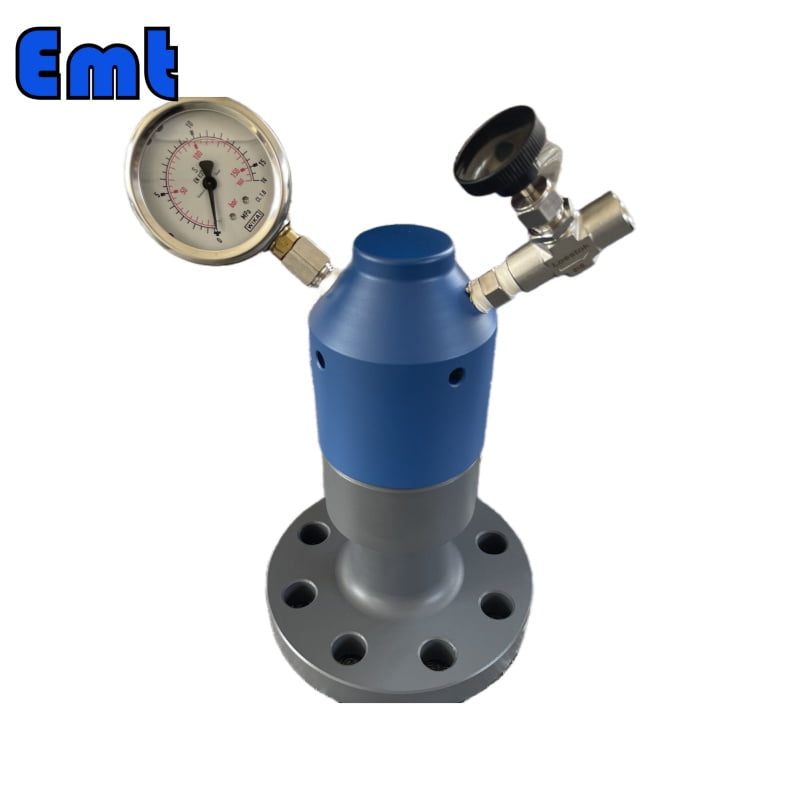
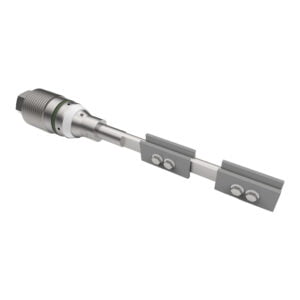
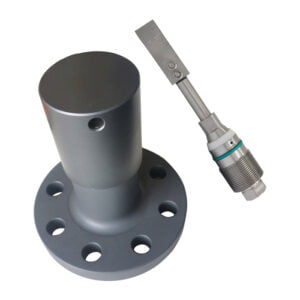
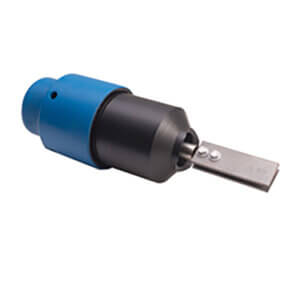
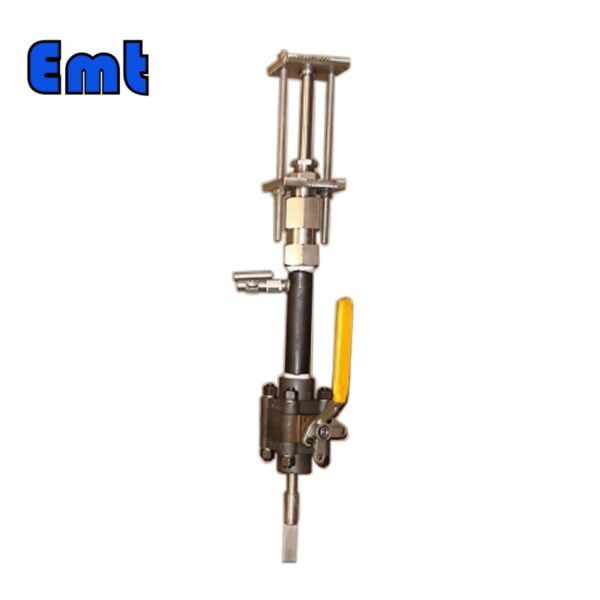
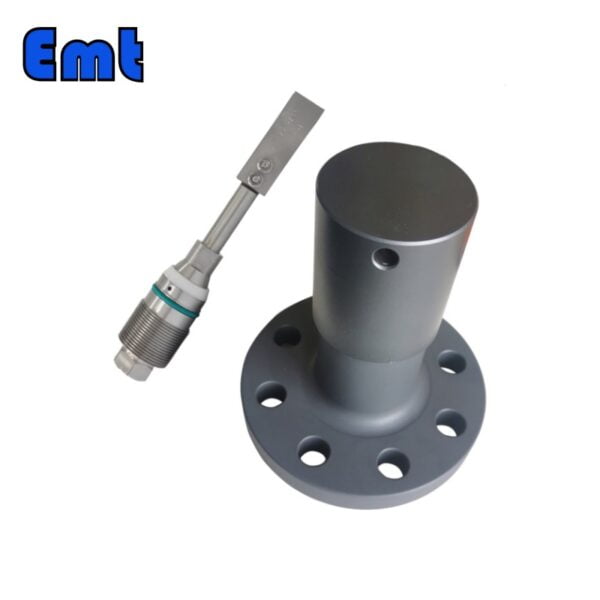
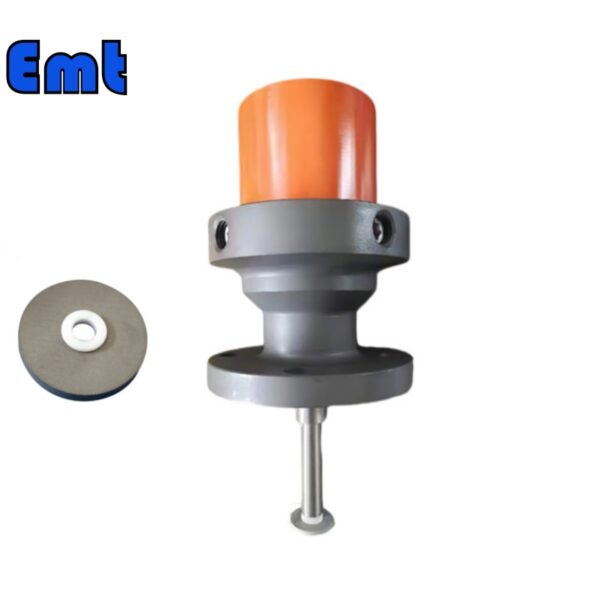
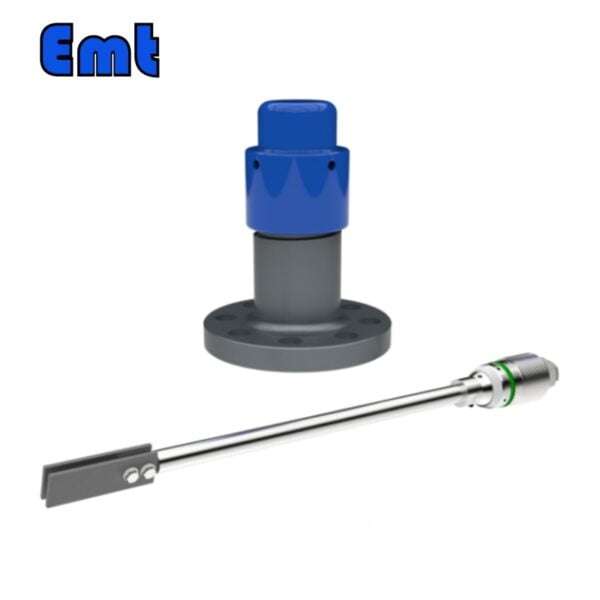
Rese├▒as
A├║n no hay rese├▒as.